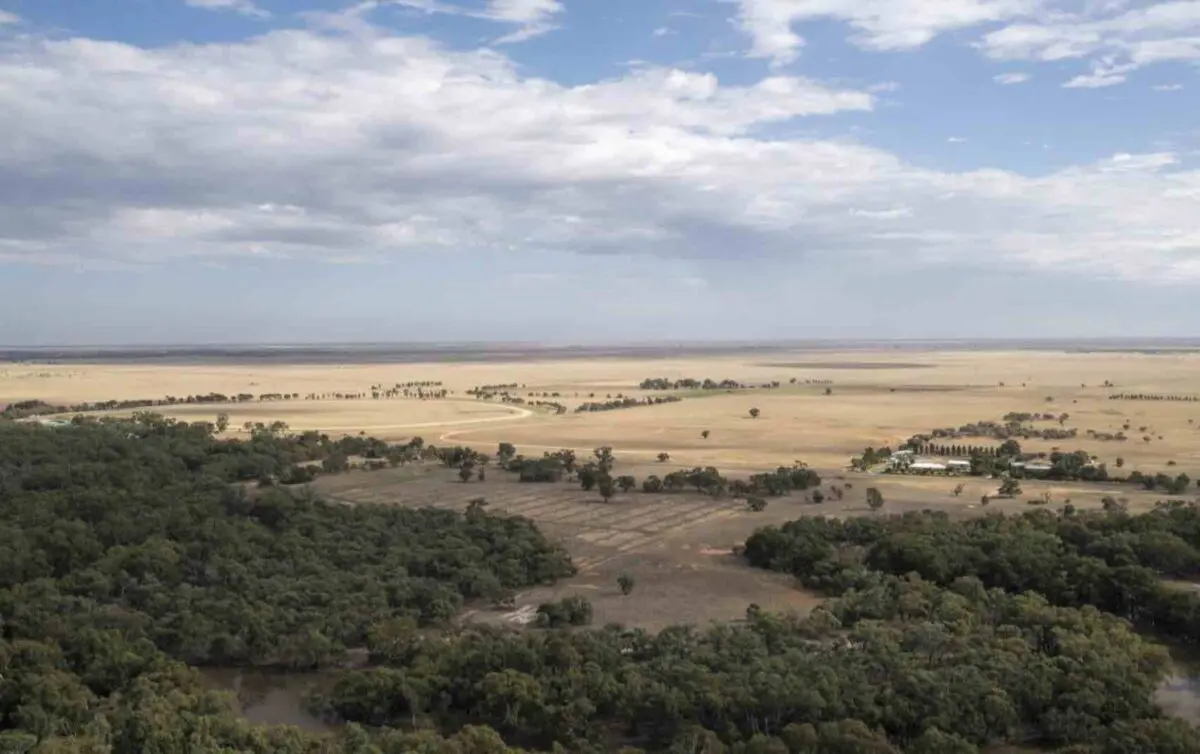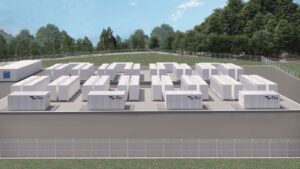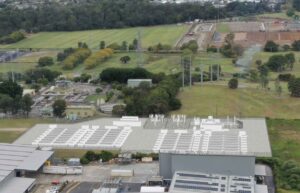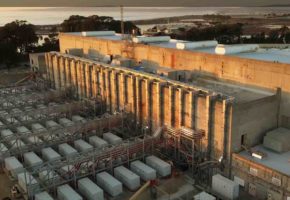Australia’s biggest energy utility, Origin Energy, has bought a giant wind and battery project in the south-west of New South Wales as it continues the rapid expansion of its pipeline of renewable and energy storage projects.
The latest purchase is the 1.5 gigawatt (GW) Yanco Delta wind farm near Jerilderie in the Riverina district of NSW, which would be the biggest on Australia’s main grid if built now, but which might face some competition for that title by the time Origin completes construction.
The project will also include an 800 MWh battery, and is strategically located next to key transmission infrastructure.
It continues a flurry of activity from Origin, which on Thursday announced its first off-take deal for a big battery project, and its first storage investment in Queensland, when it signed up for the 250MW, 500 MWh first stage of the Supernode battery in Brisbane.
Origin has also been busy buying wind and solar projects in the New England region of NSW, including the proposed Ruby Hills wind and Salisbury solar projects from Walcha Energy, and it has also acquired Warren, a huge property that will likely host the 500 MW Northern Tablelands wind farm.
Those projects total 1.8 GW, and with the addition of Yanco Delta, it boosts Origin’s portfolio of wind and solar development projects to more than 3.3 GW. But none will be complete, and may not even start construction, before the planned closure date in August next year of the giant 2.88 GW Eraring coal plant.
Origin has been negotiating with the NSW government since late last year over the future of Eraring and a possible extension to its operations, but there was no update in its latest media release. A spokesperson confirmed that there is nothing to add at this stage, and that talks continue.
Yanco Delta has environment and development approvals from the state and federal governments, but no connection agreement. Its vendor, Virya Energy, says the project is unlikely to start construction until 2025/26 and be complete by 2029.
It will likely have to wait until new transmission infrastructure is built within the south-west renewable energy zone before it can operate at full capacity.
Origin, however, is sufficiently enamoured with the project that it has agreed to pay an upfront fee of $125 million to Virya Energy, an Australian developer, and up to $175 million more depending on various development milestones being met.
“Yanco Delta is a large-scale, advanced and therefore highly strategic wind development project,” Origin CEO Frank Calabria said in a statement.
“With the key planning and regulatory approvals secured, and with significant plans for supporting infrastructure and transmission in place, the acquisition of Yanco Delta represents a major step forward in our journey to transition Origin’s portfolio to cleaner energy.”
Calabria said that Origin has made “rapid progress” in building out a portfolio of renewable and storage projects at varying stages of development, and said Yanco Delta represents a “unique opportunity” to bring bulk energy to the market relatively quickly.
Origin is keen to play up its renewable energy plans and particularly if, as expected, it negotiates a deal to keep at least part of Eraring open for another summer or two.
Analysts are divided on whether that extension is actually needed, or a good investment, considering other options available to the government, but most criticise Origin and other big utilities for not doing enough to build the replacement capacity ahead of time.
Origin has committed to building more than 4 GW of renewable capacity by 2025, although Brookfield, which led a $20 billion buyout proposal, wanted to treble that amount of renewable investment over the next decade to acclerate Australia’s switch to green energy.
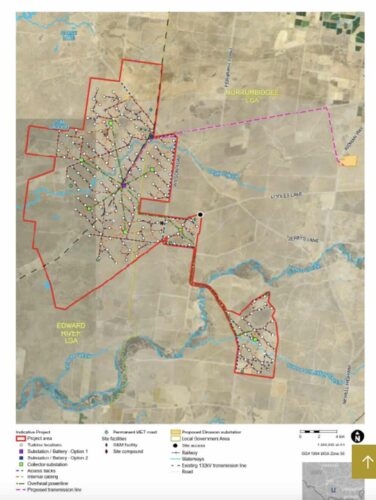
The Yanco Delta project is located across eight landholdings and 33,000 hectares at a site 10 kms north-west of Jerilderie.
It proposes 208 turbines with tip heights of up to 270 metres. The battery size may change as the market evolves. The project will connect in to the Dinawan sub-station, but will be competing with space on the grid from a number of other big wind, solar and storage projects.
It was the first wind farm to be approved in NSW for nearly three years when approvals came through in December. Of the eight submissions made, only two objected, one on the basis of “blade throws.”

